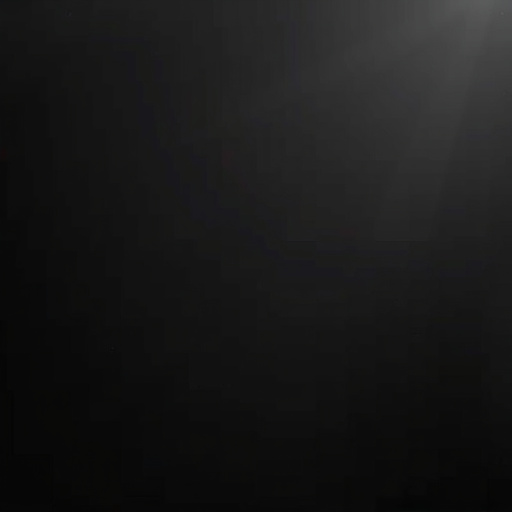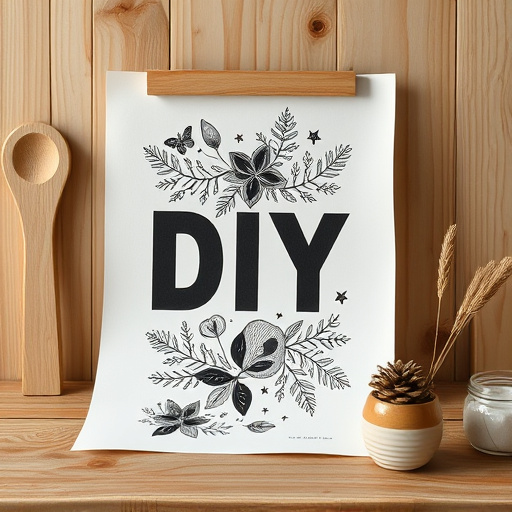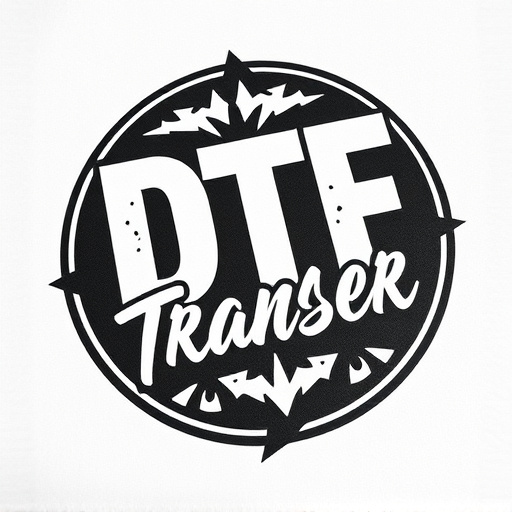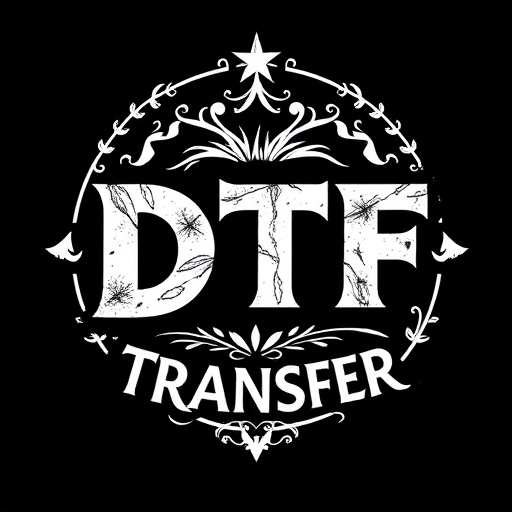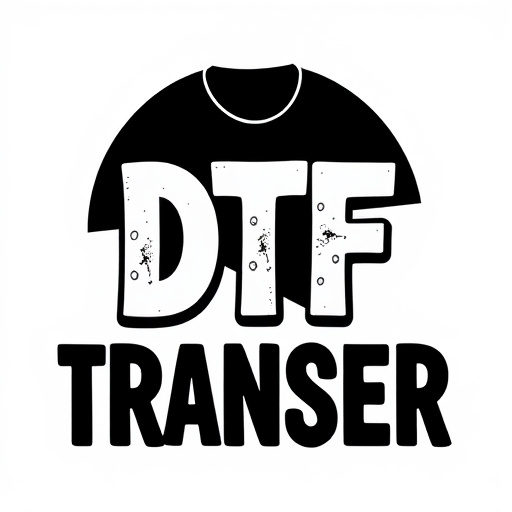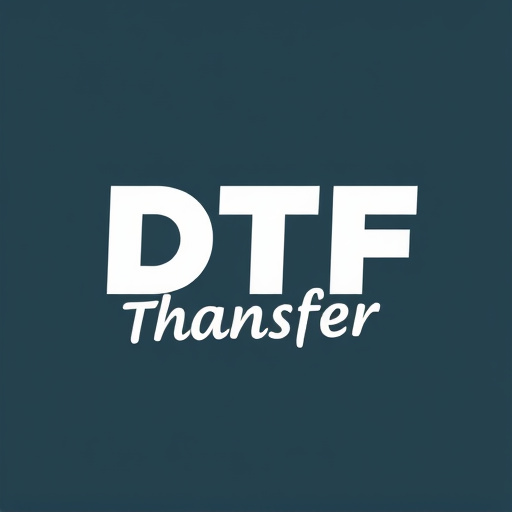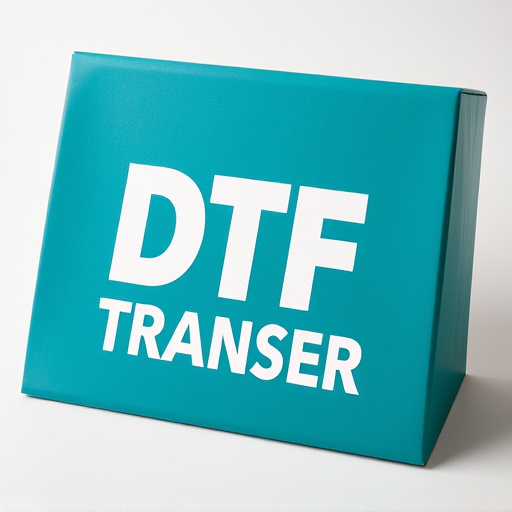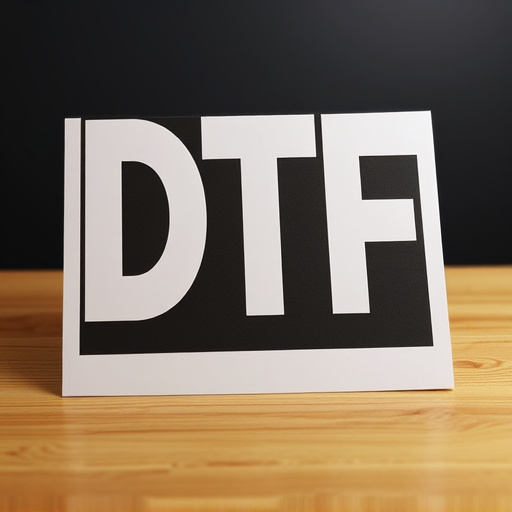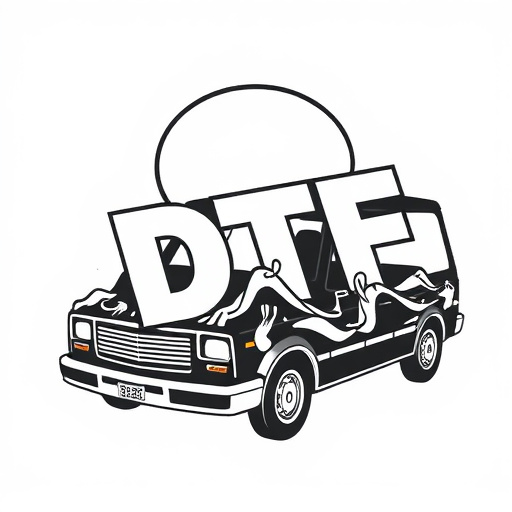DTF (Direct-to-Film) transfer is a cutting-edge printing method that enhances production efficiency, quality, and sustainability. It eliminates the need for screen setup, enabling precise application of designs directly onto various substrates using digital print heads. Compared to traditional screen printing, DTF offers faster turnaround times, reduced waste, superior print quality with vibrant colors, and greater design flexibility, especially for intricate patterns. This modern approach is an eco-friendly alternative, utilizing single film layers and renewable inks, making it ideal for businesses seeking cost-effective, high-quality, and sustainable printing solutions.
In the ever-evolving landscape of printing, Direct-to-Film (DTF) transfer has emerged as a game-changer, challenging the traditional screen printing process. This article delves into the comparison between these two methods, exploring their distinct approaches and impacts. From production speed to design flexibility and environmental considerations, we analyze the advantages and drawbacks of DTF transfer, shedding light on why it’s becoming a popular choice for modern printing needs, especially in today’s fast-paced market.
- Understanding Direct-to-Film (DTF) Transfer: A Modern Screen Printing Alternative
- Traditional Screen Printing Process: The Classic Method
- Advantages of DTF Transfer: Faster, More Efficient Production
- Quality and Durability Comparison: DTF vs Traditional Screen Printing
- Design Complexity and Flexibility: Exploring the Differences
- Environmental Impact Analysis: Sustainable Practices in DTF
Understanding Direct-to-Film (DTF) Transfer: A Modern Screen Printing Alternative

Direct-to-Film (DTF) transfer is a cutting-edge alternative to traditional screen printing, revolutionizing the way we produce custom prints and designs. This modern method eliminates the need for intricate setup and screen preparation, making it a swift and efficient option. By applying the design directly onto the substrate using specialized equipment and ink, DTF offers unparalleled precision and quality. The process involves a digital print head that transfers the image onto various materials, from textiles to ceramics, allowing for an array of creative possibilities.
Unlike traditional screen printing, which requires individual screens for each color, DTF streamlines production. It’s particularly advantageous for small-batch runs or creating unique, on-demand products. This technology ensures consistent results across prints and is ideal for complex artwork with fine details, vibrant colors, and intricate patterns. With its ability to mimic the look of traditional printing while offering enhanced efficiency, DTF transfer has become a game-changer in the print industry, appealing to both businesses and individuals seeking innovative solutions.
Traditional Screen Printing Process: The Classic Method

The traditional screen printing process, often regarded as the classic method, involves several meticulous steps. It begins with creating a stencil on a fine mesh or screen, which blocks areas where ink should not pass through. This intricate design is achieved by securing a transparent film containing the desired artwork over the screen and then meticulously blocking out the parts that correspond to non-print areas. Once the stencil is complete, the screen is mounted onto a printing press. The process continues with the application of ink onto the screen; the ink passes through the open areas of the mesh onto the substrate below, creating the design or image.
This method has been used for decades and is renowned for its ability to produce high-quality prints on various materials. The technique offers excellent control over line details, color placement, and overall design accuracy. Moreover, traditional screen printing allows for the creation of DTF (Direct-to-Film) transfers, enabling the direct application of designs onto a wide range of surfaces, from textiles to ceramics.
Advantages of DTF Transfer: Faster, More Efficient Production

Direct-to-film (DTF) transfer offers significant advantages over traditional screen printing methods when it comes to production efficiency. One of its key strengths is speed. DTF allows for faster turnaround times, as the process involves transferring ink directly from a digital file to the print surface without the need for separate screens. This streamlines the production flow, enabling businesses to meet tight deadlines and accommodate rush orders.
Moreover, DTF Transfer is highly efficient in terms of resource utilization. It reduces waste by eliminating the requirement for multiple screens, each with its own setup and cleanup processes. This efficiency translates into cost savings for manufacturers, making DTF an attractive option for both small-scale and large-volume printing projects.
Quality and Durability Comparison: DTF vs Traditional Screen Printing
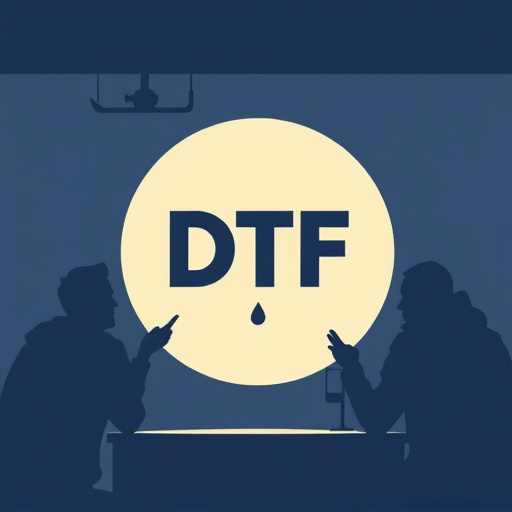
When comparing Direct-to-Film (DTF) transfers to traditional screen printing, one of the key considerations is quality and durability. DTF offers a superior print quality with vibrant colors and fine detail reproduction, often surpassing the capabilities of traditional methods. This is because DTF transfers bypass the physical screen, eliminating potential imperfections introduced during the screening process.
In terms of durability, DTF transfers tend to be more resistant to fading and wear over time. The modern printing technologies used in DTF ensure that inks are bonded directly to the fabric, creating a stronger bond that withstands regular use and washing. Traditional screen printing, while still highly durable, may not match the longevity of DTF prints, especially for intricate designs and fine line work.
Design Complexity and Flexibility: Exploring the Differences
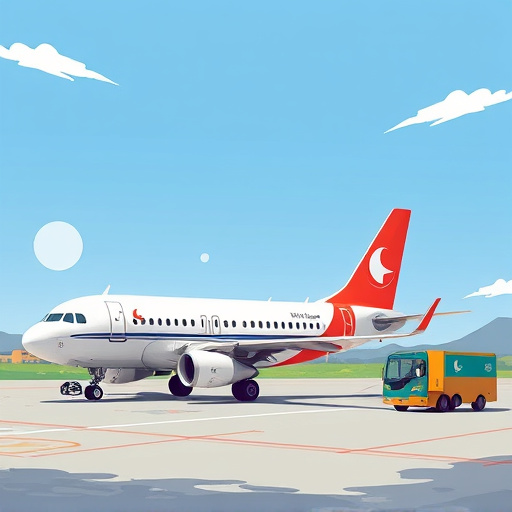
When comparing direct-to-film (DTF) and traditional screen printing, one key area to explore is design complexity and flexibility. DTF transfers offer a significant advantage in this regard due to their advanced technology. They can reproduce intricate details, fine lines, and subtle gradients with remarkable accuracy, allowing for complex designs that would be challenging or time-consuming to achieve using conventional screen printing methods. This makes DTF particularly appealing for custom, one-off projects where unique and detailed artwork is desired.
Traditional screen printing, while still a powerful tool, has limitations in terms of design flexibility. Setting up screens for intricate patterns requires significant skill and can be time-consuming. Moreover, the process itself may not support the precise reproduction of fine details or subtle color variations that DTF transfers can handle. As a result, DTF offers a more modern and versatile approach to printing, catering to the demands of contemporary designers seeking high-quality, detailed results.
Environmental Impact Analysis: Sustainable Practices in DTF
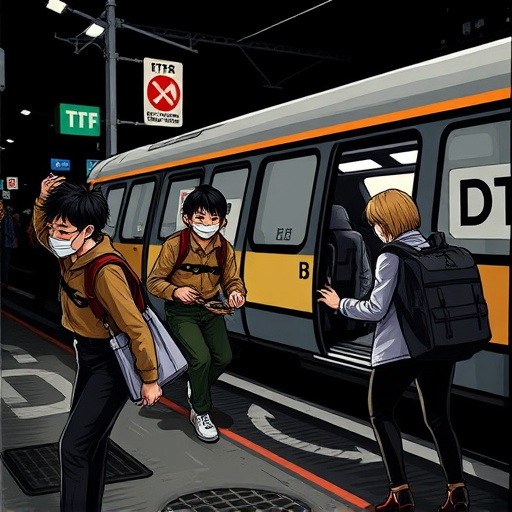
Direct-to-film (DTF) printing has emerged as a more environmentally conscious alternative to traditional screen printing methods, offering significant advantages in terms of sustainability. One of the key aspects that set DTF apart is its reduced environmental impact. In contrast to screen printing, which often involves the creation of multiple screens for different colors and designs, DTF uses a single film layer to transfer the image onto the substrate. This process eliminates the need for chemical emulsion and harsh cleaning agents, significantly cutting down on waste generation and water consumption.
Moreover, DTF transfers often utilize eco-friendly inks made from renewable resources, further minimizing the carbon footprint of the printing process. The digital nature of DTF allows for precise color control and on-demand production, reducing overproduction and minimizing the risk of ink wastage. This precision also translates to more efficient use of materials, making DTF an attractive option for businesses aiming to adopt sustainable practices in their printing operations.





